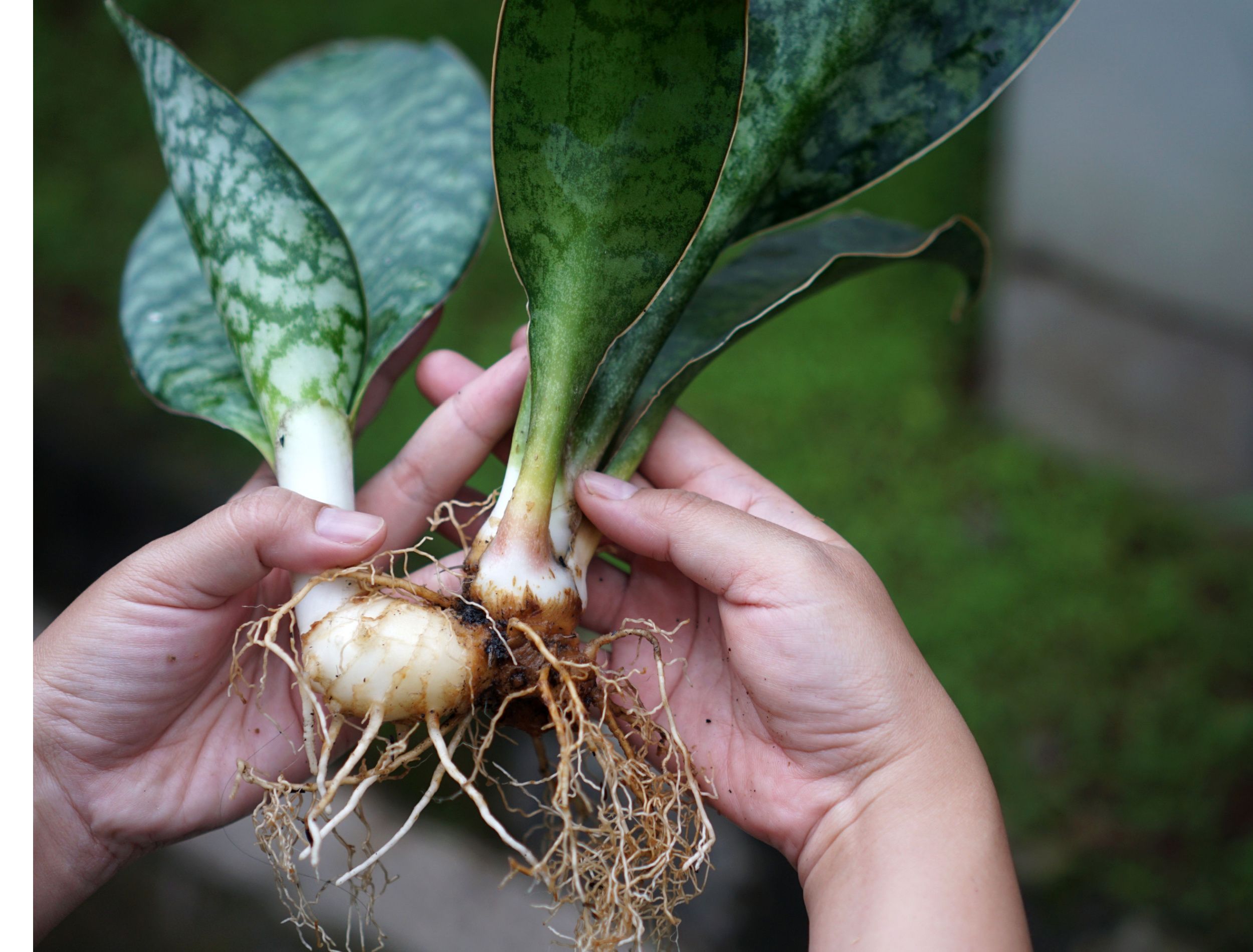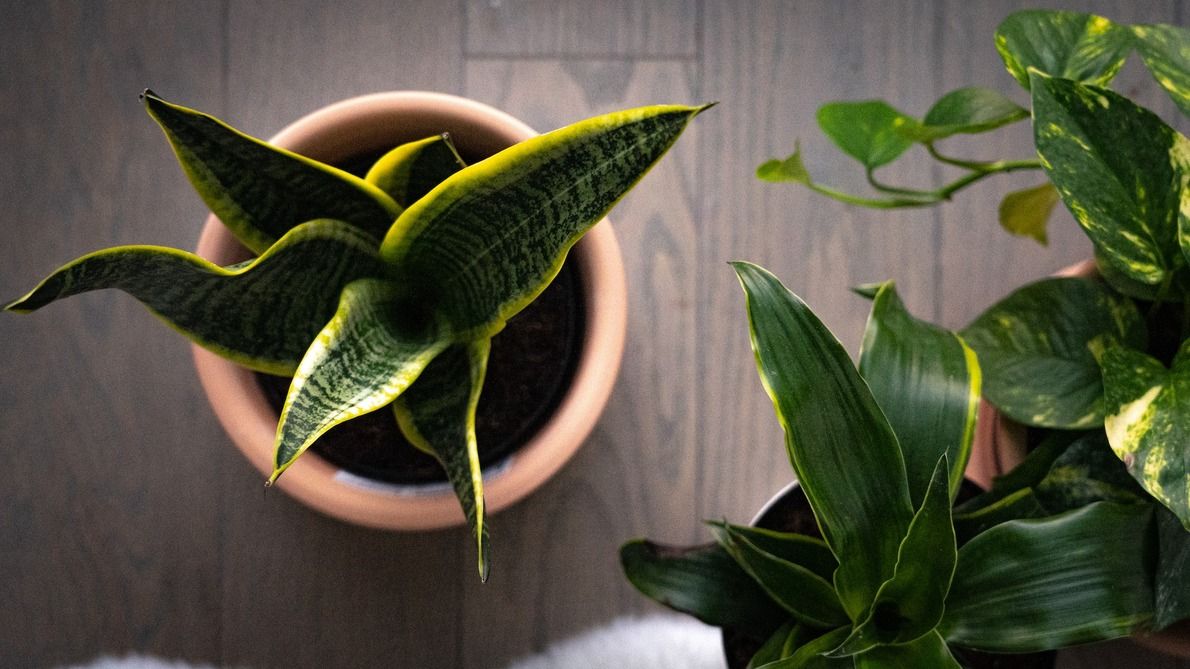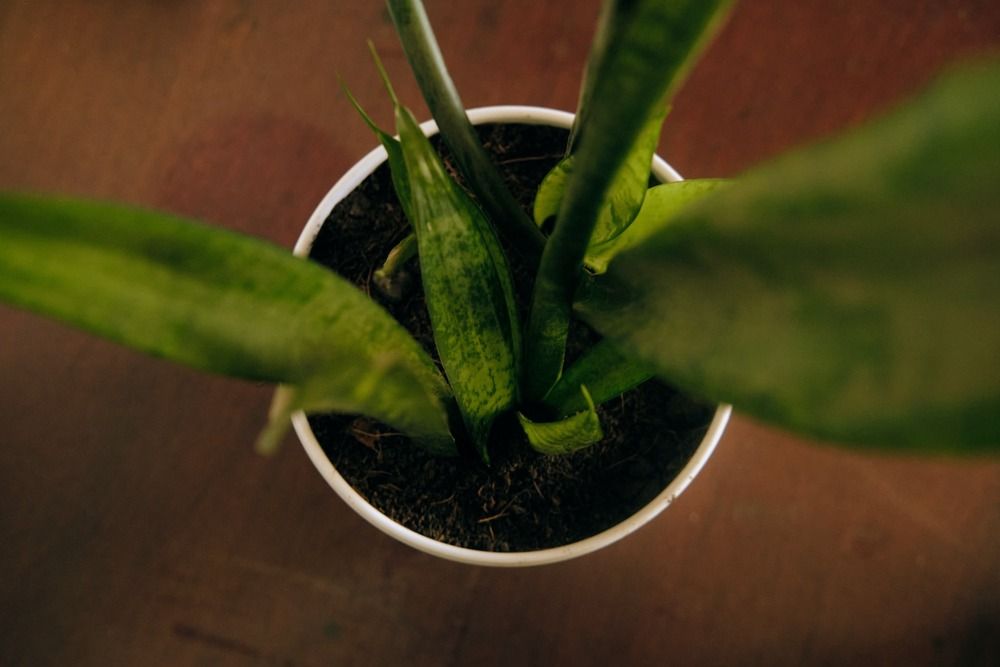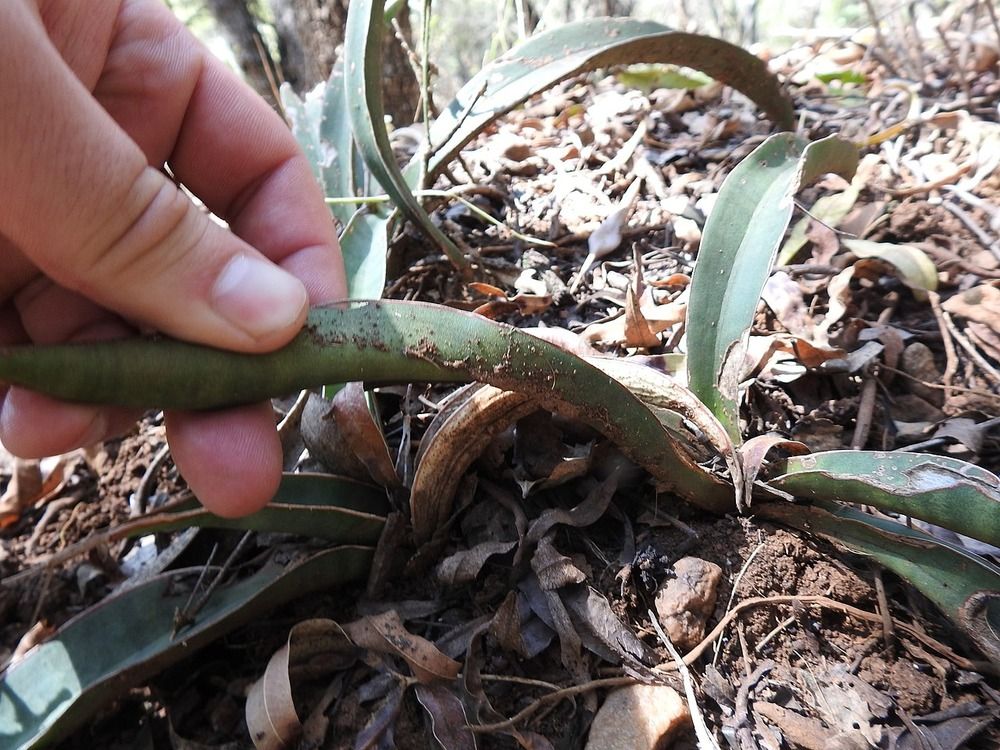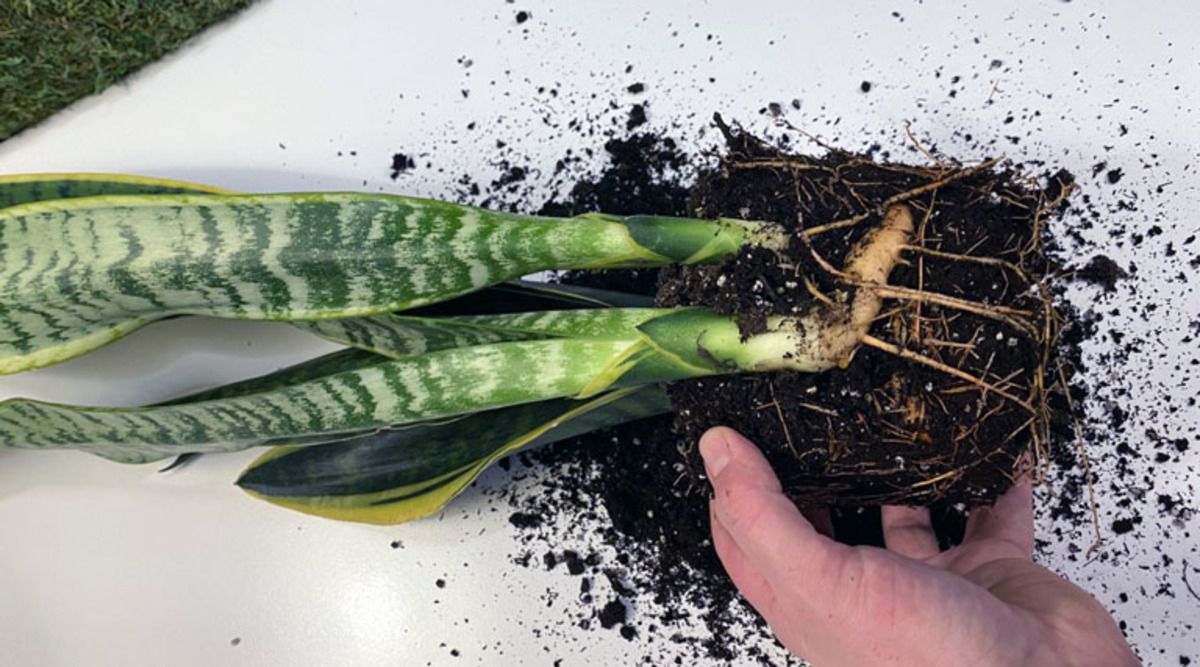Snake plants thrive in conditions that would kill most plants, mainly with neglect, because they don’t need a lot of fertilizer, water, or sunlight. However, root rot is a threat to these plants. Fortunately, there are preventative measures to put in place to help stop root rot before it starts. There are also ways to address and treat it to save the snake plant and ensure it continues healthy growth.
Identifying Root Rot
Root rot is a disease brought on by a pathogen that causes the root system of a plant to break down, affecting landscape plants with fibrous and leafy stems. It can be a long-term issue or one that seems to come out of nowhere, leading to plant death, and it's a severe problem for most plants.
Root rot is caused by fungi that live in the soil, including Fusarium spp., Phytophthora spp., Pythium spp., and Rhizoctonia solani. These tiny organisms like wet soil and can grow on many types of plants. Some fungi even make spores that can survive in dirt or vegetation.
Signs of root rot include wilting but if it progresses, it can stunt the plant’s growth, and the leaves will begin to take on red or yellow hues as they struggle to take in adequate nutrients from the rotted root system. Pulling the plant out to look at the roots usually reveals brown and soft or mushy-feeling roots with a strong odor of decay.
Causes of Root Rot
There are several potential causes for root rot, but most of them tie back to the soil and water amount the plant receives. The leading causes include:
Overwatering
Overwatering any plant causes the soil surrounding the plant to retain water, slowing down drainage. The roots struggle to absorb all the necessary oxygen the plant needs to live. Overwatering also creates conditions ideal for soil-borne fungi and water molds to grow. These pathogens infect the plant’s roots and cause them to break down and rot.
Poor Drainage
Silt and clay soils have larger surface areas that allow them to retain more water. So, the more water that ends up in the soil, the more challenging it will be to eliminate. The larger surface areas hold more water and reduce overall drainage, and this causes water to surround the roots and interfere with oxygen intake, eventually leading to plant death and rot.
Contaminated Potting Mix
Phytophthora is a soil-borne contaminant that spreads via spores between soil particles in the water films. The water films can draw the spores into the plant’s roots to further decay it, and this releases the spores back into the soil to cause long-lasting contamination. Should this soil get used for other plants, the spores spread, increasing the chances for root rot to develop in other plants.
Treating Root Rot
Acting quickly is essential for saving a snake plant infected with root rot because, as the disease progresses, it’s harder to salvage healthy, disease-free roots to start the plant over.
Remove From the Pot
Remove the snake plant from the environment as quickly as possible because the longer it sits in the waterlogged or diseased soil, the more roots will decay, and the chances of saving the plant drop. Tilt the pot on its side on a clean surface and gently tip it up while grasping the snake plant and pulling it out. Be careful because if the rot has gone to the main stem, it’s possible to accidentally separate it from the roots. Discard any soil and rinse the roots under running water to ensure no old soil clings to them because this can harbor bacteria or fungi.
Trim Affected Roots and Leaves
Get a pair of sterilized pruners or scissors and carefully snip away the damaged or decayed roots. To sterilize the scissors or pruners before and after you trim to avoid disease spread and kill any pathogens, dip them in a mixture of nine parts water to one part bleach. If the roots break down when touched or feel mushy, they have to go. Don’t use a light hand during the trimming process because root rot can quickly spread to healthy roots if there is any infected tissue left.
Remove any dying, dead, or affected leaves so your snake plant and conserve energy to return strong. Trim away any soggy leaves with a darker coloring or drooping heavily using your sterilized pruning shears or scissors.
Clean the Remaining Roots
Even after all of these steps, fungal spores or bacteria can be on the snake plant’s roots. To help get rid of them, mix two parts water to one part three percent hydrogen peroxide in a spray bottle. Thoroughly spray every part of the remaining root system and allow them to dry out for a few hours to let the mixture work.
Repotting the Snake Plant
Ideally, put the snake plant in a new pot, ensuring it has proper drainage holes. It is possible to disinfect the old pot and add fresh soil, but there is always the risk of not getting rid of all the contaminants, and this can cause the root rot to set in again.
Repot the snake plant using dry, fresh succulent or cacti soil, which is very light and on the sandy side and allows for excellent drainage. Press the potting mix firmly into the pot without making it a solid mass. Remember, root rot thrives in soils where water doesn’t drain well, and compressing the soil too much will cause it to retain too much water.
Leave ½ inch of room between the lip of the pot and soil level, and make sure the soil is level and not domed around the plant, so the roots spread out and get the same amount of moisture. The ½ inch of space will allow you to lightly water the snake plant without running it over.
Finally, monitor the plant and give it time to bounce back. If it’s too severely affected, take healthy cuttings and allow them to root to start over with a healthy, clean slate.
Eliminate Root Rot and Save Your Snake Plant
When you notice signs of root rot on your snake plant, act quickly! The quicker you remove it from the undesirable environment, the better your chances are of saving it. Do you know someone who is struggling with root rot on their houseplants? Share this with them so they can help their snake plants thrive!

